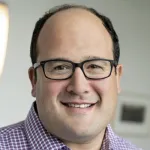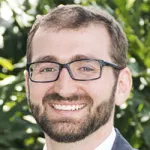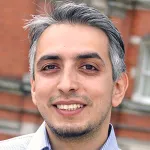
Kilian Pohl - Associate Professor (Research) of Psychiatry & Behavioral Sciences (Public Mental Health & Population Sciences)
The foundation of Dr. Kilian Pohl's laboratory is computational science aimed at identifying biomedical phenotypes improving the mechanistic understanding, diagnosis, and treatment of neuropsychiatric disorders. The biomedical phenotypes are discovered by unbiased, machine learning-based searches across biological, neuroimaging, and neuropsychological data.










